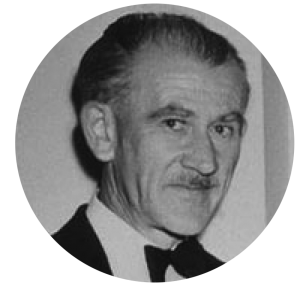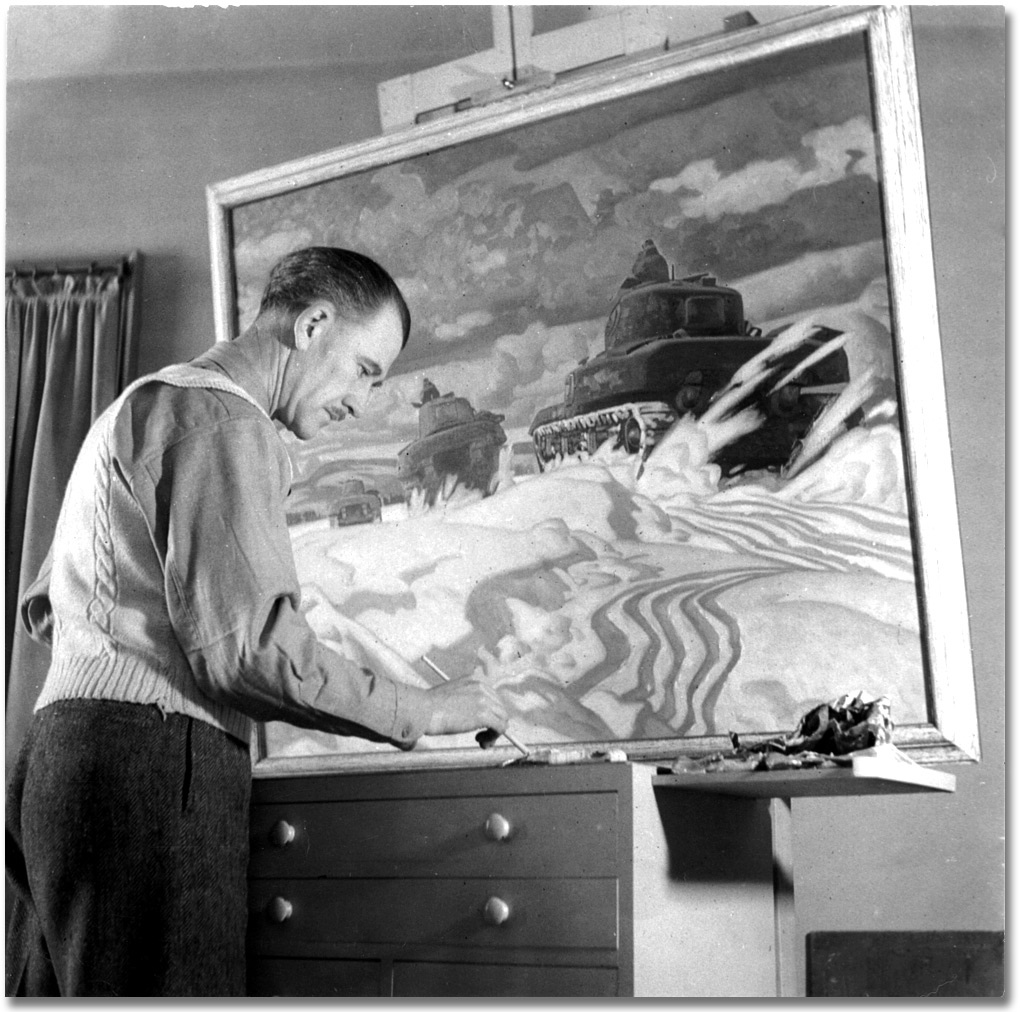
A. J. Casson
A. J. Casson was born in 1898 in Toronto, Ontario. At age nine his family moved to Guelph and then to Hamilton. His first exposure to art was at The Hamilton Technical School in 1913, where he was asked by his teacher to demonstrate for the class. By the age of fifteen he was an apprentice at a Hamilton lithography company. In 1915 the family moved back to Toronto. While continuing to work, he attended evening classes at Central Technical School from 1915-17.
A. J. Casson apprenticed with the artist Frank Carmichael at Rous & Mann in 1919, following him to Sampson & Matthews in 1927. Through Carmichael Casson met his mentors, The Group of Seven, at Toronto’s Arts and Letters Club. He later sought to escape their influence. Casson co-founded the Canadian Society of Painters in Watercolour in 1926. He promoted Canadian art through his commercial work and arts organizations, instigating the WWII war artists program. He visited Britain in 1961.
Casson became a full-time artist only following retirement from his successful commercial career in 1957. Casson’s design career was crucial to his art. An accomplished calligrapher, he excelled in streamlined design, loved pattern, and developed an exceptional visual memory. His art is highly finished, carefully composed, and often evokes a stillness in the viewer.
By 1926, Casson had replaced Johnston as a member of the Group of Seven. His work was focused on Ontario villages in the 1930’s and he painted mostly in watercolours until the 1950s.
The dramatic lighting of his mid-1940s landscapes gave way to superimposed forms and light broken into planes from the 1940s-1950s. In his later paintings, he reduced forms to two-dimensional patterns.
He died in 1992.
